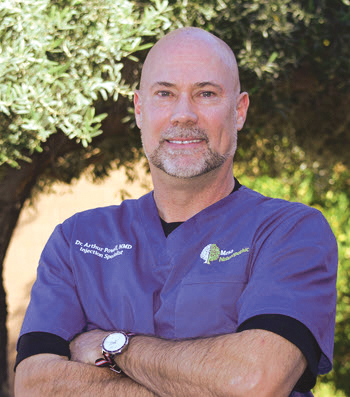Are you suffering from pain as a result of a chronic injury? Maybe an inflamed tendon or ligament problem? Perhaps an injury of a muscle or joint?
Have you tried hyaluronic acid or cortisone injections? Have you tried physical therapy and nothing seems to help improve function or reduce pain? If you answered yes to any of these questions, you might benefit from platelet-rich plasma (PRP) injections.
What is PRP?
Platelet Rich Plasma is a form of regenerative medicine using a person’s own blood. Blood is made up of plasma (the liquid portion), many types of circulating proteins, and different types of cells: red blood cells, white blood cells, and platelets. These platelets, also called thrombocytes, perform a host of important functions, such as blood clotting. When activated, platelets send out messages to the body to recruit growth and healing factors, stimulating cell proliferation to aid in healing an injury.
How does PRP work?
A sample of blood is taken and placed into a centrifuge. The different parts of the blood are then separated. The Platelet-Rich Plasma is recovered, prepared, and injected back into an area of discomfort. This can be performed with ultrasound guidance for a more precise injection of the PRP.
What can you expect?
There is usually soreness near the site of injection for a few days, but that will go away. After recovery of a few weeks, you can gradually perform rehabilitation exercises. You can expect decreased ligament laxity, improved tendon strength, muscle regeneration, and reduced joint pain. Further benefits include decreased use of NSAIDs (non-steroidal anti-inflammatory drugs) or the use of stronger medications, such as addictive opioids.
Is it safe?
Side effects are limited since the injection solution is made from your own blood. The body will not reject or negatively react to the PRP. PRP is considered a low-risk treatment with the potential of providing lasting functional improvement.
How effective is it?
PRP was demonstrated to improve function and reduce pain in patients with tendonitis or chronic tendinosis. Some early studies are promising for chronic tendon conditions such as tennis elbow, golfer’s elbow and Achilles tendinosis. PRP is found to significantly aid in the healing process of shoulder pain caused by rotator cuff tears and soft-tissue injuries.
After the injection, a patient must avoid the use of non-steroidal anti-inflammatory drugs (such as aspirin, ibuprofen, naproxen) for at least two weeks, and reduce exercise for a short period of time (approximately one to two weeks) before beginning a rehabilitation exercise program.
I look at PRP as a concentration of instructions and substances (growth and healing factors) injected into an injured area, telling the body to send more help. It gladly does that with PRP. Contact us to schedule an appointment to see if Platelet-Rich Plasma Therapy is right for you.
Dr. Arthur Powell is a Naturopathic Medical Doctor (NMD) specializing in pain management, regenerative medicine, and injection therapies. He can be contacted at Mesa Naturopathic Clinic at (480) 306-8111. Call today to set up your consultation.


